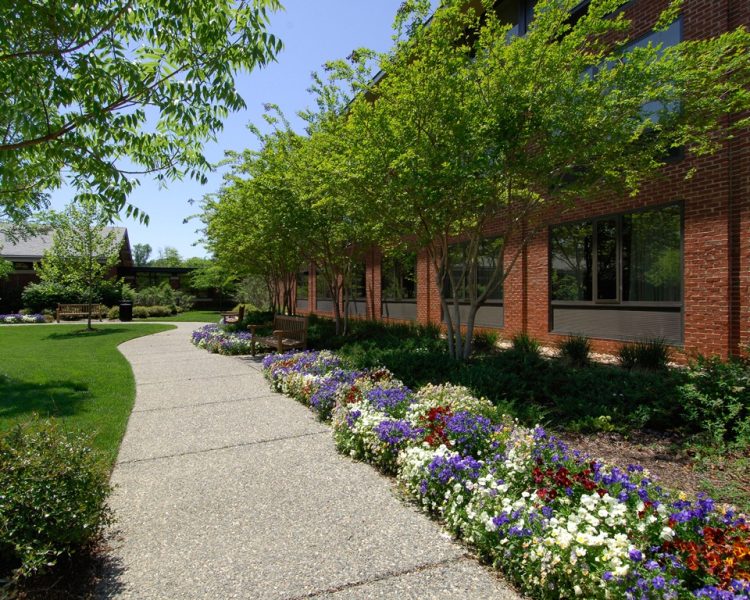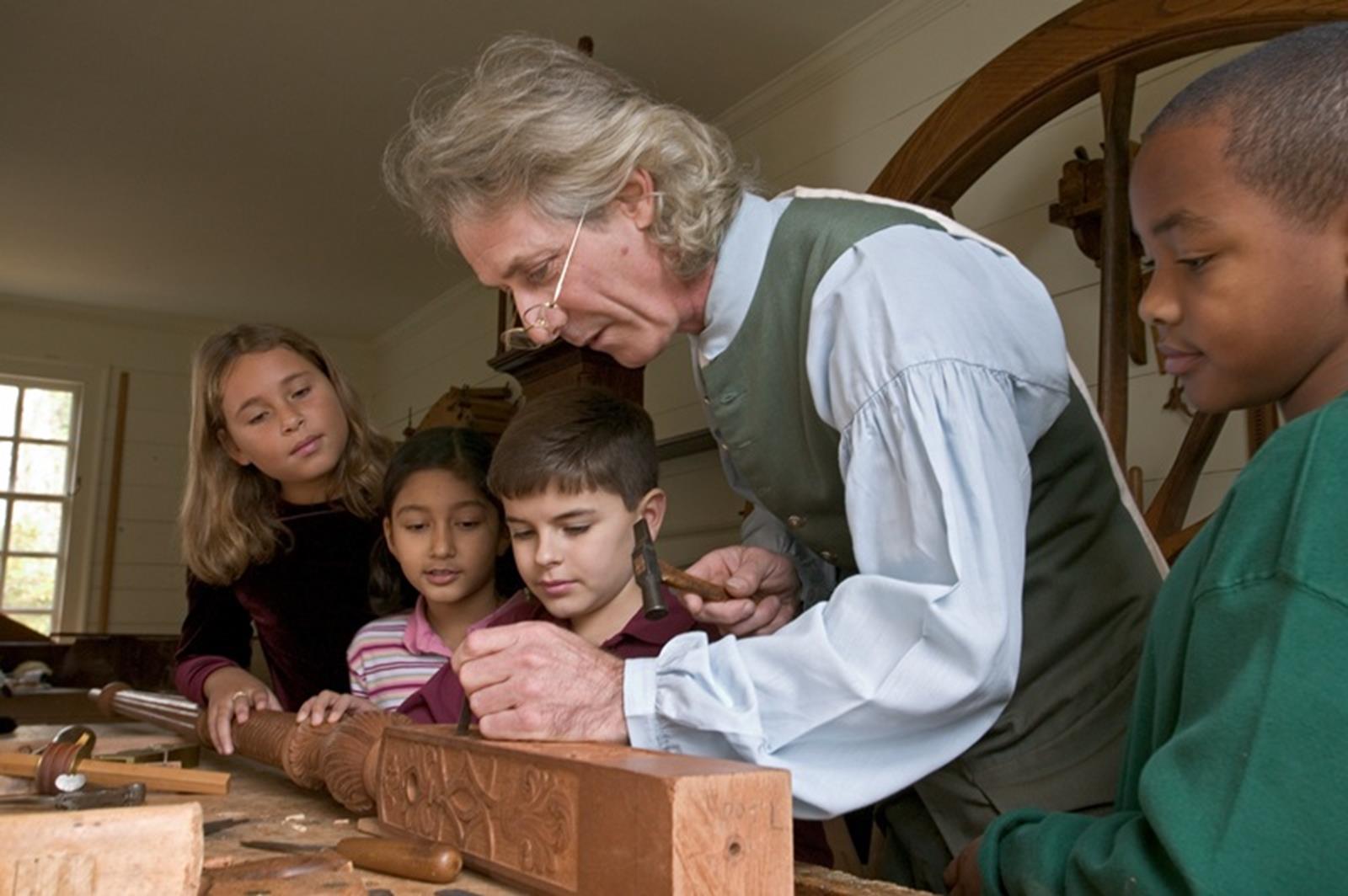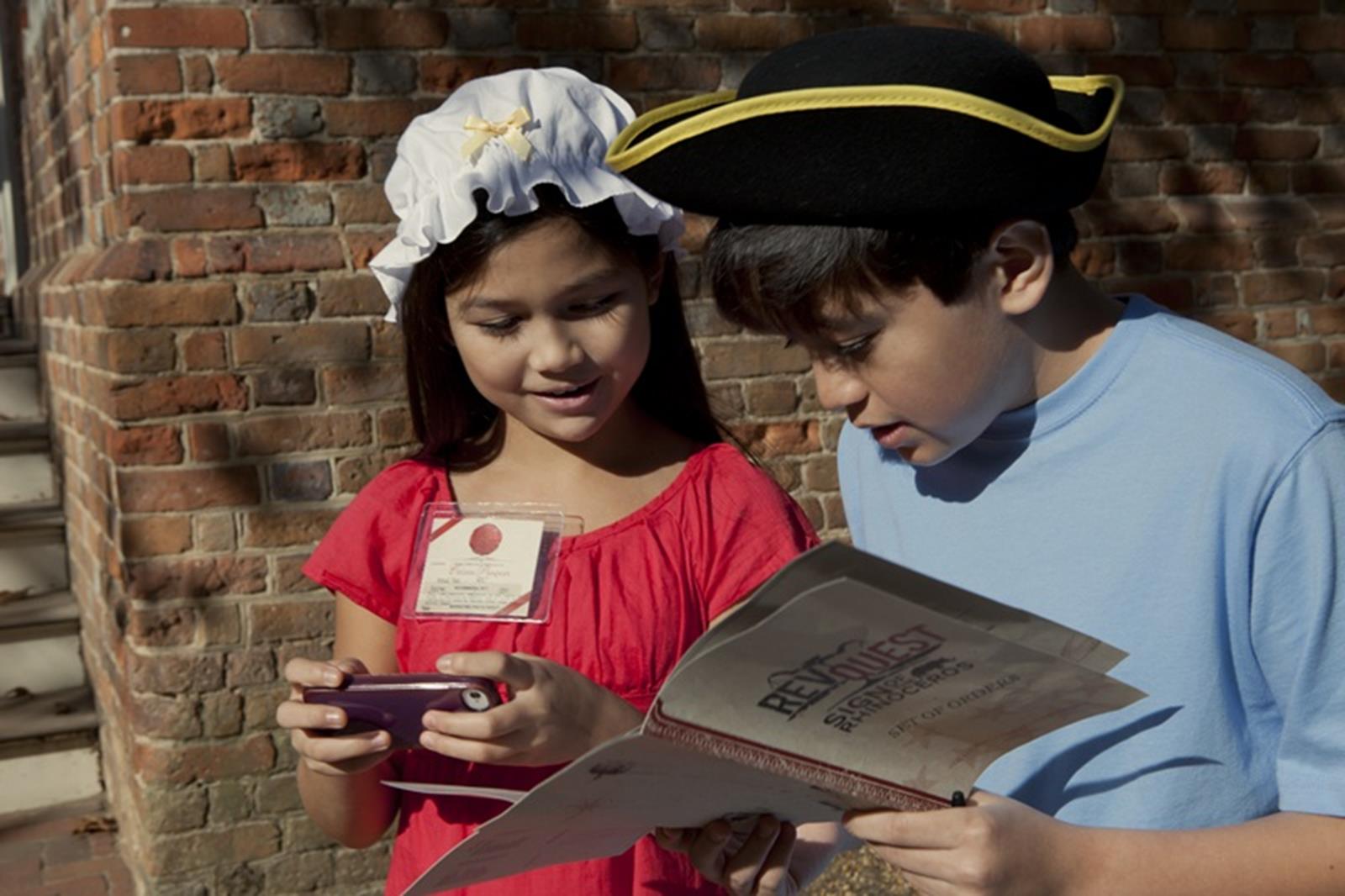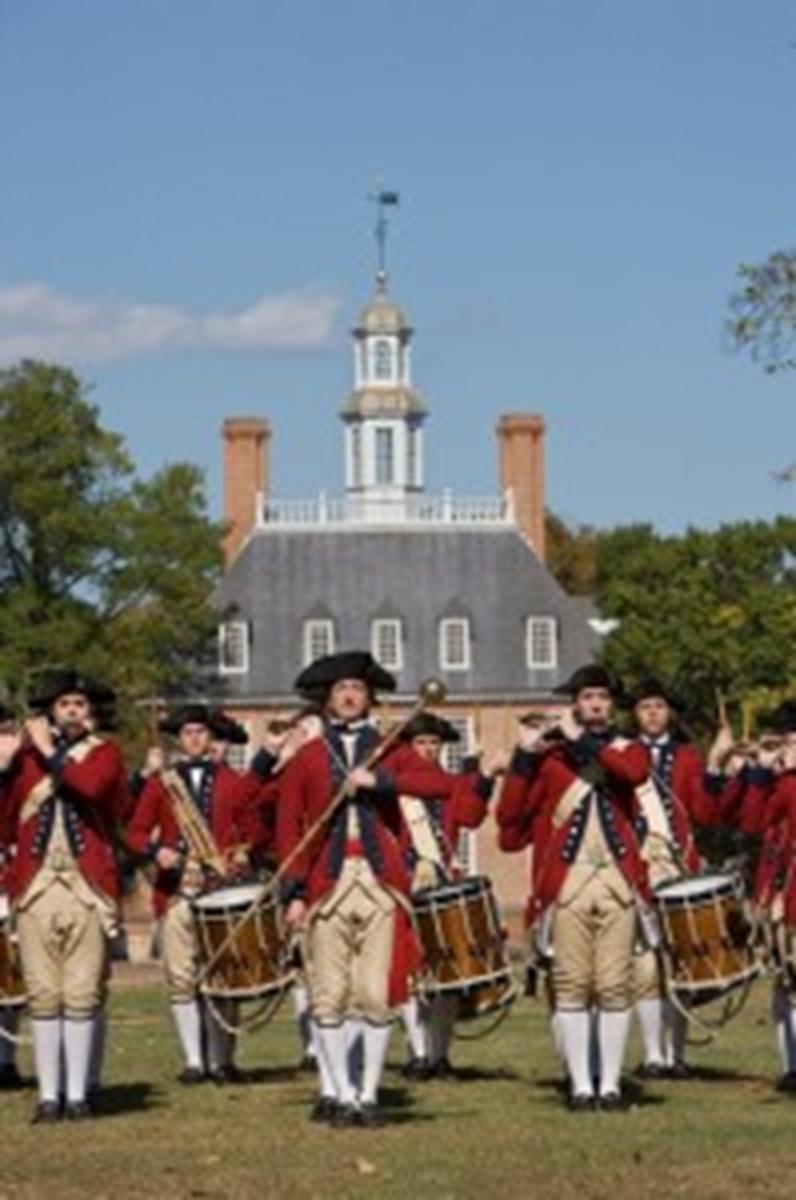Visiting historical sites and museums is great; students can connect with the past in a much more vibrant way when they’ve been to the places they study. But as much as we love these locations, they have one sizeable drawback: at best, your group is cast as bystanders and observers to history, not as participants.
Colonial Williamsburg is one place where this is not the case. Call it an open-air museum or a piece of living history; Colonial Williamsburg is more than just a place where America’s revolution caught fire. In a sense, it’s where history is happening all the time. And your student group is cordially invited to come, see and participate.
Where History Comes Off the Page and Into the Imagination
A mile long and covering 300 acres, Colonial Williamsburg offers plenty of room for groups to roam. They’ll have the opportunity to meet loyalists and revolutionaries, soldiers and farmers, tradesmen (and women) and artisans. They can ramble through accurately re-created Colonial buildings or explore Great Hopes Plantation, a still-working farm that adheres to Colonial cultivation methods.
In other words, students can come close to experiencing 18th century daily life. And while no motor vehicles are permitted and guests can rent appropriate costumes at the entryway, they can still keep their modern conveniences handy.
The Revolutionary City, Colonial Williamsburg’s main street, is a story in progress, at least from the perspective of the visitors. Its two-day story arc spans the unquiet days before the Revolution and culminates in the march to Yorktown in preparation for victory. Guests are encouraged to come for a two-day visit to experience the entire story, but other tour options can be created to meet any schedule. Both guided and self-guided tours are available.
Colonial Williamsburg’s Interactive Experiences
Not only do visitors get to meet knowledgeable reenactors playing the roles of prominent citizens, politicians, revolutionaries, and soldiers, they can also learn about the time from some of the people that the history books say little about: women, children, Native Americans and the enslaved. And in many cases, visitors can become actively involved in the goings-on. This ranges from learning common Colonial-era children’s games to ‘joining’ the army. The popular RevQuest: Save the Revolution! allows them to take on the role of an undercover agent (with anachronistic maps and their smartphone for reference) as they move through Revolutionary City, breaking coded messages and deciphering clues. And as the light fades, the activities continue with Cry Witch, an interactive re-creation of the trial of a woman accused of witchcraft. Other evening activities include tales of pirates, the Civil War and other spirited stories.
In whatever method group organizers choose, Colonial Williamsburg brings history to life. From basic and traditional (daily readings of the Declaration of Independence) to the immersive activities discussed above, it will bring this phase of America’s history into a new light.
Finding Colonial Williamsburg
Colonial Williamsburg is part of America’s Historical Triangle, with Jamestown and Yorktown making up the balance. Colonial Williamsburg (part of today’s Williamsburg) is located off I-64, approximately 50 miles from Norfolk or Richmond and 150 miles from Washington, DC. If you’re flying in, you can choose between Norfolk International Airport, Richmond International Airport and Newport News/Williamsburg International Airport.
Colonial Williamsburg Lodging and Dining
As you might expect from one of the largest museums in the United States, Colonial Williamsburg has plenty of options when it comes to dining and lodging. If your student travel group is staying overnight, the Williamsburg Woodlands Hotel & Suites is recommended. Your group will stay safe with secure indoor corridors, and the swimming pool and deluxe continental breakfast will keep everyone happy.
Lunch and dinner options are also flexible. Your group can enjoy a quick-service meal or a prepared box lunch if time is a factor. For an experience that’s more leisurely and memorable, they can dine with costumed reenactors at one of the town’s authentic 18th century taverns. If your group’s tastes shy away from Colonial cuisine, there’s no problem; there are also several family restaurants that offer American and Southern favorites.
Visiting Colonial Williamsburg will spark a new interest in the American Revolution in your student group. Their curiosity will be engaged and their desire to explore indulged. With self-guided tours and one- or two-day trips available, it’s a fully interactive way to learn about the nation’s beginning and the people who made it happen.
Special Note for Choral Groups and Bands
Colonial Williamsburg often plays host to visiting school choral groups and bands. If your group would like to perform publicly at Merchants Square, Colonial Williamsburg Regional Visitor Center or Bruton Parish Church, contact the group tour team at Colonial Williamsburg to schedule a date.
Special Note for Educators and Tour Group Operators
The staff at Colonial Williamsburg can arrange special tours to meet your school’s Common Core Standards or SOL requirements in history, civics, math, language arts, science, art or more. Special discounts are available for tour group operators.









